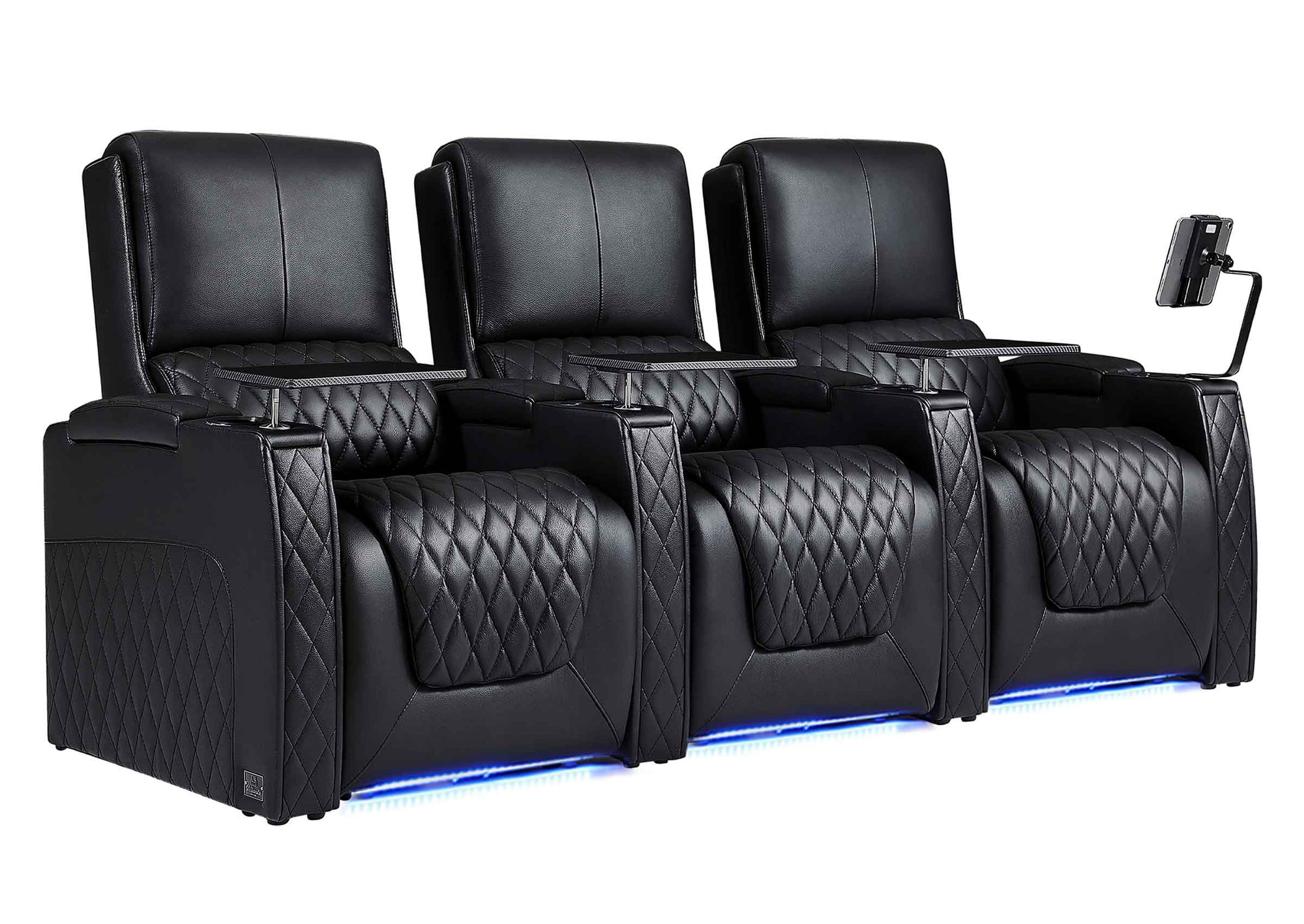Creating an unforgettable theater experience hinges on more than just the performance; the seating plays a pivotal role. This comprehensive guide will navigate you through the essential considerations for selecting the best theater seating for your venue, ensuring comfort, visibility, and overall satisfaction for your audience.

Understanding Your Audience
Before diving into the specifics of theater seating, it's crucial to understand your audience. Are you catering to families, corporate events, or a general audience? Knowing your audience demographics can significantly influence your seating choices. For instance, family-oriented venues might prioritize comfort and durability, while corporate events may focus on aesthetics and ergonomics.
Comfort and Ergonomics
Comfort is paramount in theater seating. Ergonomically designed seats can make a significant difference in the audience's experience. Consider seats with ample padding, lumbar support, and adequate legroom. Additionally, the material of the seats should be both comfortable and durable. Fabrics that are easy to clean and maintain are ideal for high-traffic venues.
Visibility and Sightlines
Ensuring that every seat in the house offers a clear view of the stage is essential. When planning your seating arrangement, consider the sightlines from each seat. Tiered seating or staggered rows can help improve visibility. Additionally, avoid placing seats too close to the stage, as this can strain the audience's necks and reduce their overall enjoyment.
Accessibility and Inclusivity
Inclusivity should be a cornerstone of your seating plan. Ensure that your venue is accessible to all, including those with disabilities. This means providing wheelchair-accessible seating, as well as seats with additional legroom for those who may need it. Consider the placement of these seats to ensure they offer a comparable experience to the rest of the audience.
Durability and Maintenance
Theater seating is a significant investment, so durability is key. Choose materials that can withstand frequent use and are easy to clean. Removable and replaceable seat covers can be a practical solution for maintaining the appearance and hygiene of your seats. Regular maintenance checks can also prolong the life of your seating.
Flexibility and Adaptability
Venues that host a variety of events may benefit from flexible seating arrangements. Modular seating options allow you to reconfigure the layout to suit different types of performances or events. This adaptability can enhance the functionality of your venue and provide a better experience for your audience.
Acoustics and Aesthetics
While comfort and visibility are crucial, don't overlook the importance of acoustics and aesthetics. The design and materials of your seating can impact the sound quality within your venue. Additionally, the visual appeal of your seats should complement the overall design of your theater, creating a cohesive and inviting atmosphere.
Conclusion
Choosing the best theater seating for your venue involves a careful balance of comfort, visibility, accessibility, and durability. By understanding your audience and considering these key factors, you can create a seating arrangement that enhances the overall theater experience. Remember, the right seating can transform a good performance into an unforgettable event.
We hope this ultimate guide to choosing the best theater seating for your venue has provided you with valuable insights and inspiration. Whether you're designing a new theater or upgrading an existing one, thoughtful seating choices can make all the difference.









